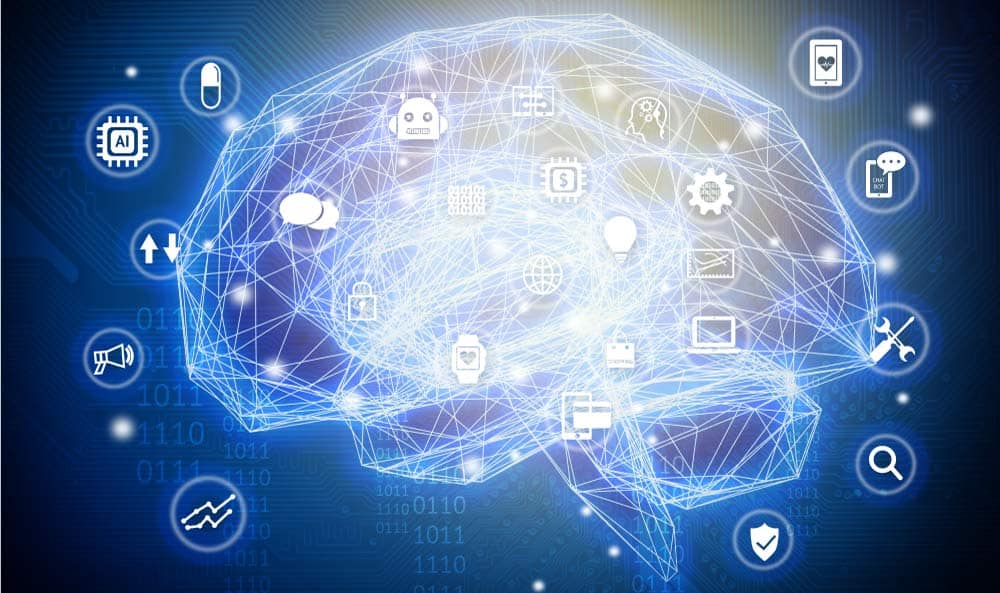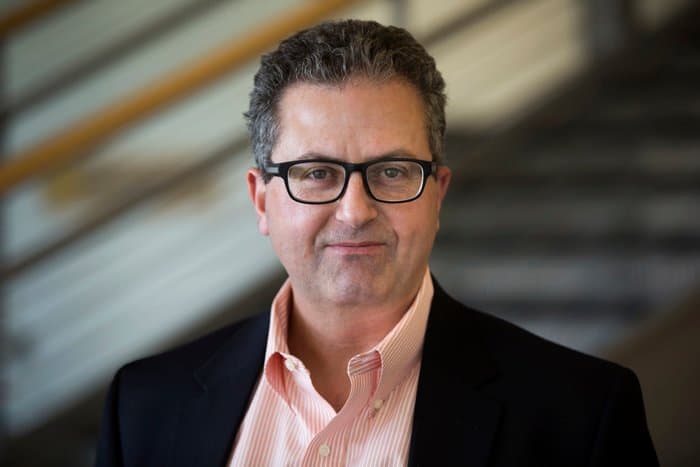Machine Reasoning and the Rise of Artificial General Intelligences: An Interview With Bart Selman
From Uber’s advanced computer vision system to Netflix’s innovative recommendation algorithm, machine learning technologies are nearly omnipresent in our society. They filter our emails, personalize our newsfeeds, update our GPS systems, and drive our personal assistants. However, despite the fact that such technologies are leading a revolution in artificial intelligence, some would contend that these machine learning systems aren’t truly intelligent.
The argument, in its most basic sense, centers on the fact that machine learning evolved from theories of pattern recognition and, as such, the capabilities of such systems generally extend to just one task and are centered on making predictions from existing data sets. AI researchers like Rodney Brooks, a former professor of Robotics at MIT, argue that true reasoning, and true intelligence, is several steps beyond these kinds of learning systems.
But if we already have machines that are proficient at learning through pattern recognition, how long will it be until we have machines that are capable of true reasoning, and how will AI evolve once it reaches this point?
Understanding the pace and path that artificial reasoning will follow over the coming decades is an important part of ensuring that AI is safe, and that it does not pose a threat to humanity; however, before it is possible to understand the feasibility of machine reasoning across different categories of cognition, and the path that artificial intelligences will likely follow as they continue their evolution, it is necessary to first define exactly what is meant by the term “reasoning.”
Understanding Intellect
Bart Selman is a professor of Computer Science at Cornell University. His research is dedicated to understanding the evolution of machine reasoning. According to his methodology, reasoning is described as taking pieces of information, combining them together, and using the fragments to draw logical conclusions or devise new information.
Sports provide a ready example of expounding what machine reasoning is really all about. When humans see soccer players on a field kicking a ball about, they can, with very little difficulty, ascertain that these individuals are soccer players. Today’s AI can also make this determination. However, humans can also see a person in a soccer outfit riding a bike down a city street, and they would still be able to infer that the person is a soccer player. Today’s AIs probably wouldn’t be able to make this connection.
This process— of taking information that is known, uniting it with background knowledge, and making inferences regarding information that is unknown or uncertain — is a reasoning process. To this end, Selman notes that machine reasoning is not about making predictions, it’s about using logical techniques (like the abductive process mentioned above) to answer a question or form an inference.
Since humans do not typically reason through pattern recognition and synthesis, but by using logical processes like induction, deduction, and abduction, Selman asserts that machine reasoning is a form of intelligence that is more like human intelligence. He continues by noting that the creation of machines that are endowed with more human-like reasoning processes, and breaking away from traditional pattern recognition approaches, is the key to making systems that not only predict outcomes but also understand and explain their solutions. However, Selman notes that making human-level AI is also the first step to attaining super-human levels of cognition.
And due to the existential threat this could pose to humanity, it is necessary to understand exactly how this evolution will unfold.
The Making of a (super)Mind
It may seem like truly intelligent AI are a problem for future generations. Yet, when it comes to machines, the consensus among AI experts is that rapid progress is already being made in machine reasoning. In fact, many researchers assert that human-level cognition will be achieved across a number of metrics in the next few decades. Yet, questions remain regarding how AI systems will advance once artificial general intelligence is realized. A key question is whether these advances can accelerate farther and scale-up to super-human intelligence.
This process is something that Selman has devoted his life to studying. Specifically, he researches the pace of AI scalability across different categories of cognition and the feasibility of super-human levels of cognition in machines.
Selman states that attempting to make blanket statements about when and how machines will surpass humans is a difficult task, as machine cognition is disjointed and does not draw a perfect parallel with human cognition. “In some ways, machines are far beyond what humans can do,” Selman explains, “for example, when it comes to certain areas in mathematics, machines can take billions of reasoning steps and see the truth of a statement in a fraction of a second. The human has no ability to do that kind of reasoning.”
However, when it comes to the kind of reasoning mentioned above, where meaning is derived from deductive or inductive processes that are based on the integration of new data, Selman says that computers are somewhat lacking. “In terms of the standard reasoning that humans are good at, they are not there yet,” he explains. Today’s systems are very good at some tasks, sometimes far better than humans, but only in a very narrow range of applications.
Given these variances, how can we determine how AI will evolve in various areas and understand how they will accelerate after general human level AI is achieved?
For his work, Selman relies on computational complexity theory, which has two primary functions. First, it can be used to characterize the efficiency of an algorithm used for solving instances of a problem. As Johns Hopkins’ Leslie Hall notes, “broadly stated, the computational complexity of an algorithm is a measure of how many steps the algorithm will require in the worst case for an instance of a given size.” Second, it is a method of classifying tasks (computational problems) according to their inherent difficulty. These two features provide us with a way of determining how artificial intelligences will likely evolve by offering a formal method of determining the easiest, and therefore most probable, areas of advancement. It also provides key insights into the speed of this scalability.
Ultimately, this work is important, as the abilities of our machines are fast-changing. As Selman notes, “The way that we measure the capabilities of programs that do reasoning is by looking at the number of facts that they can combine quickly. About 25 years ago, the best reasoning engines could combine approximately 200 or 300 facts and deduce new information from that. The current reasoning engines can combine millions of facts.” This exponential growth has great significance when it comes to the scale-up to human levels of machine reasoning.
As Selman explains, given the present abilities of our AI systems, it may seem like machines with true reasoning capabilities are still some ways off; however, thanks to the excessive rate of technological progress, we will likely start to see machines that have intellectual abilities that vastly outpace our own in rather short order. “Ten years from now, we’ll still find them very much lacking in understanding, but twenty or thirty years from now, machines will have likely built up the same knowledge that a young adult has,” Selman notes. Anticipating exactly when this transition will occur will help us better understand the actions that we should take, and the research that the current generation must invest in, in order to be prepared for this advancement.
This article is part of a Future of Life series on the AI safety research grants, which were funded by generous donations from Elon Musk and the Open Philanthropy Project.







